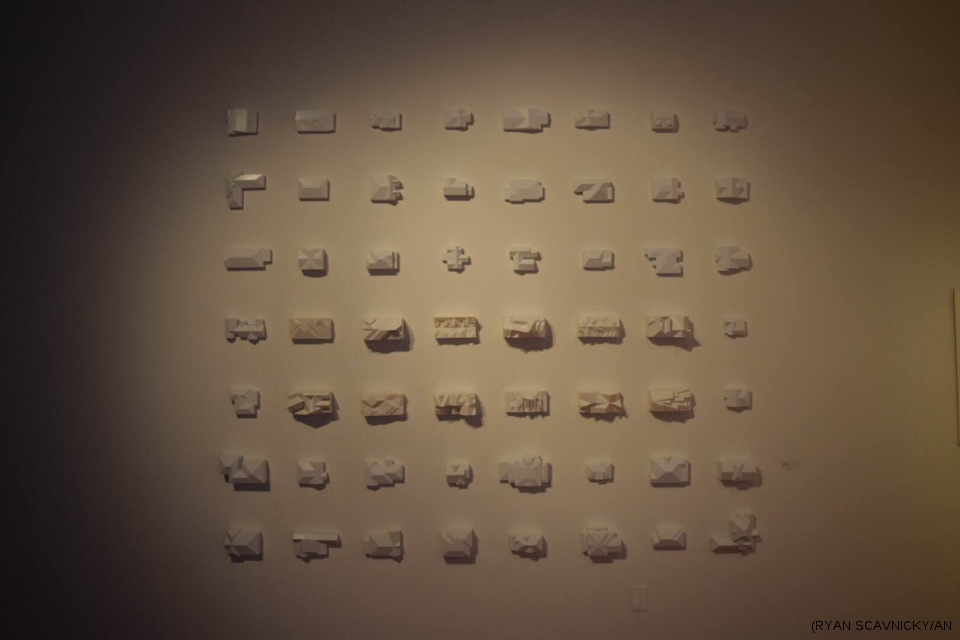The 35th annual conference of the Association for Computer-Aided Design in Architecture (ACADIA) took place in Cincinnati (at Peter Eisenman’s infamous DAAP Building) in late October. The international conference is a three-day long academic event presenting peer-reviewed research and experimental work of 50 computational designers, students, and architects. Topics range from material science, biomimesis, geomimesis, robotics, environmental parametrics, and ecological urbanism.
The conference presentations and discussions were distributed between downtown Cincinnati (Deborah Berke’s 21c Museum and Zaha Hadid’s Contemporary Arts Center) and the University of Cincinnati two miles north of downtown, where a large portfolio of signature contemporary architecture has been built largely within the past decade.
Keynote lectures by Stefan Behnisch, amid.cero9, Francois Roche, and Nader Tehrani were spread throughout the daily sessions. A curated exhibition of installations debuted during the conference, expanding on the ‘computational ecologies’ theme. The exhibition, titled ECO-DIVERSITY: Computation and Identity, will be open to the public through December 6, 2015.
....
Ringley saw the conference as a “unique way to showcase innovation embedded within the historical richness of a post-industrial Midwestern context.” Local flavor from this year’s conference included an evening coordinated by Matt Anthony’s Cincinnati Made initiative at a 25,000-square-foot renovated 1850s brewery in the heart of Over-the-Rhine’s brewery district—a neighborhood which contains the country’s largest historic district. Outside the brewery, Giacomo Ciminello showcased his People’s Liberty–funded “Spaced Invaders” projection-mapped video game, an ongoing art project calling attention to underutilized urban spaces in the city.
